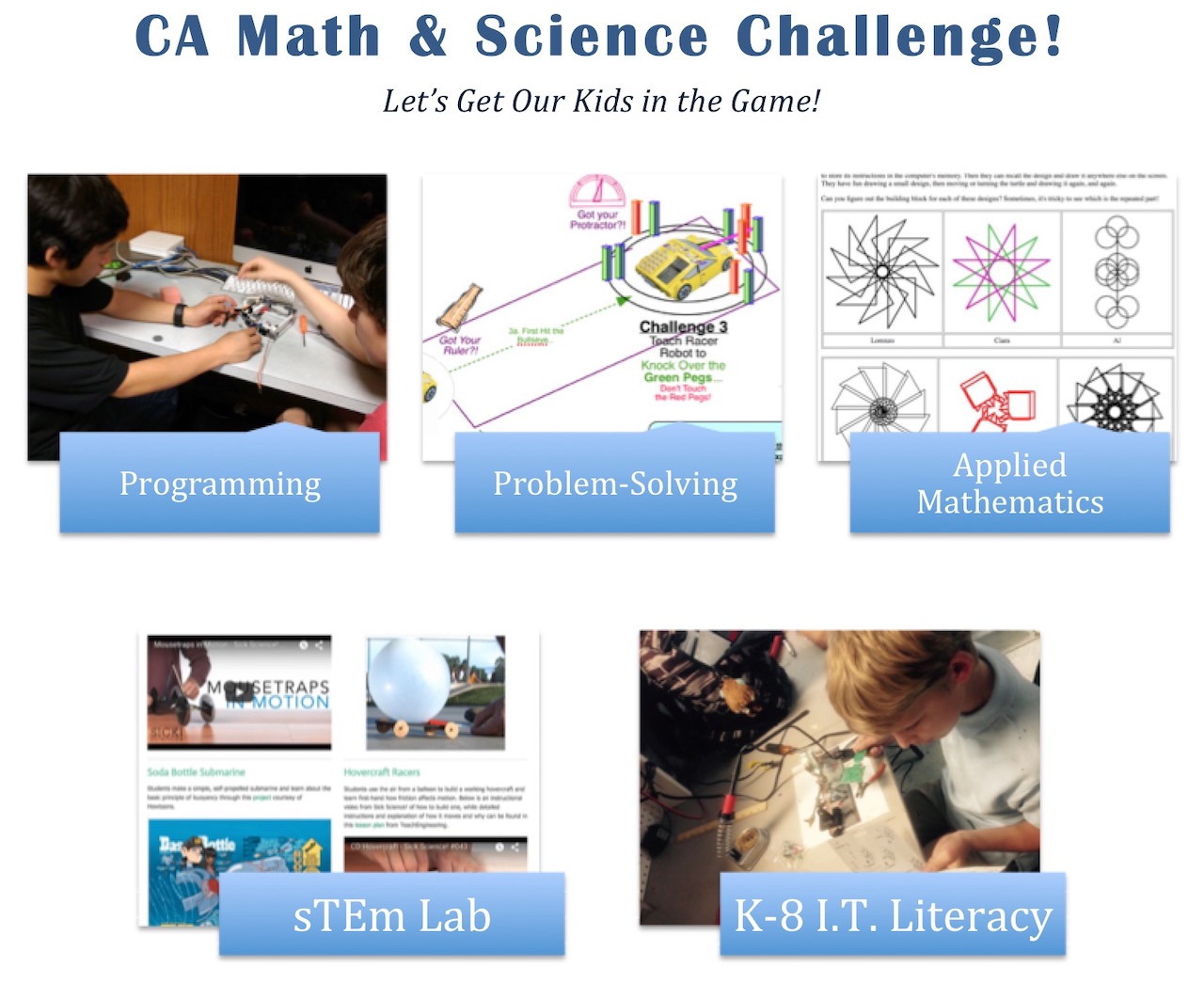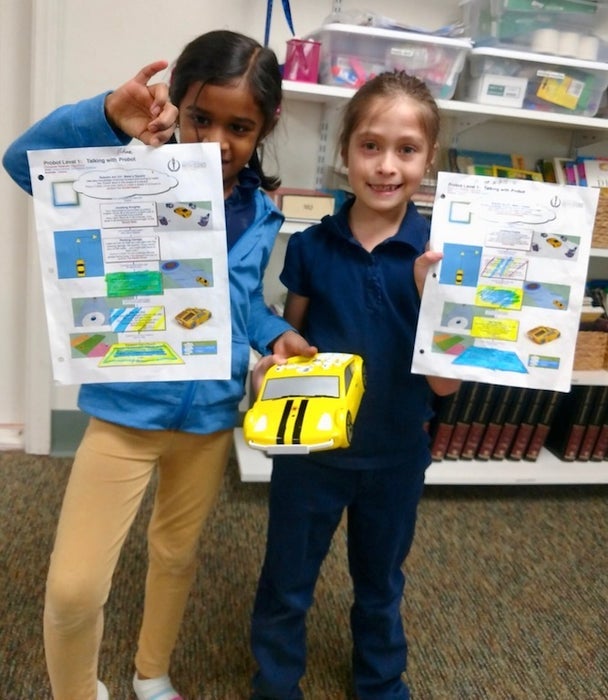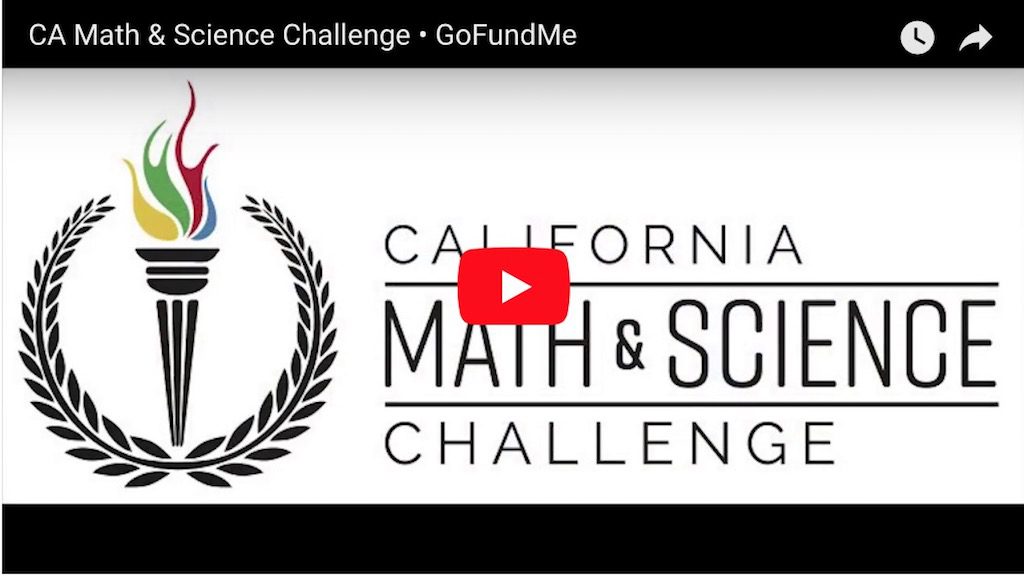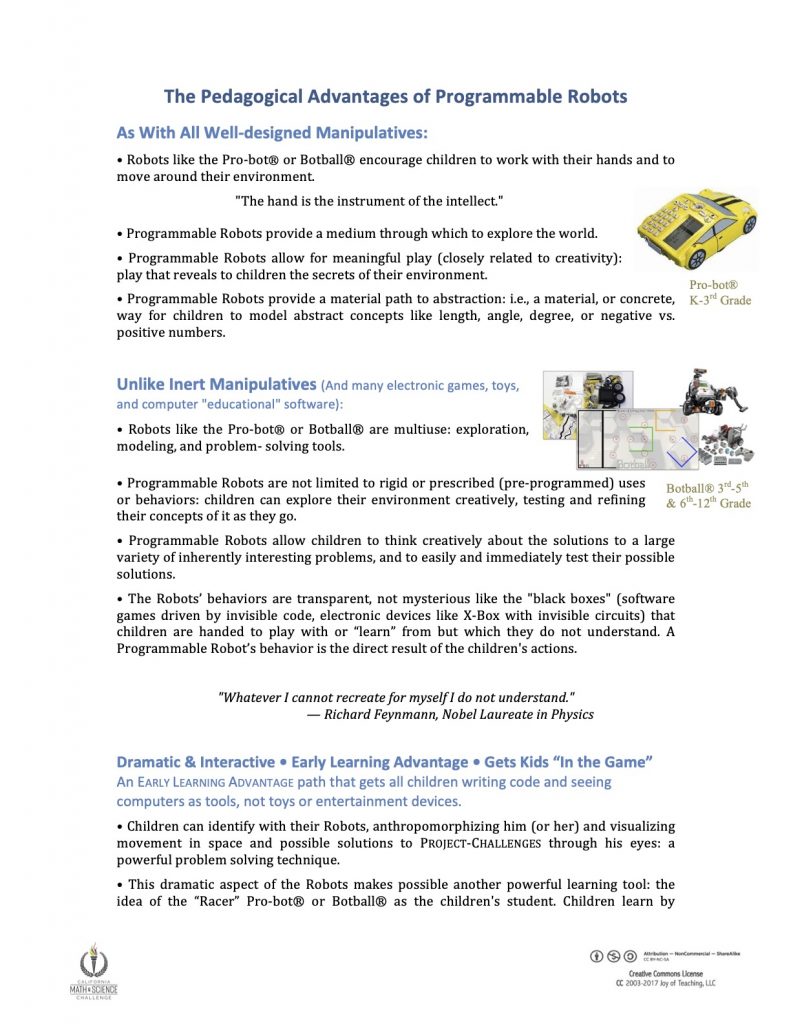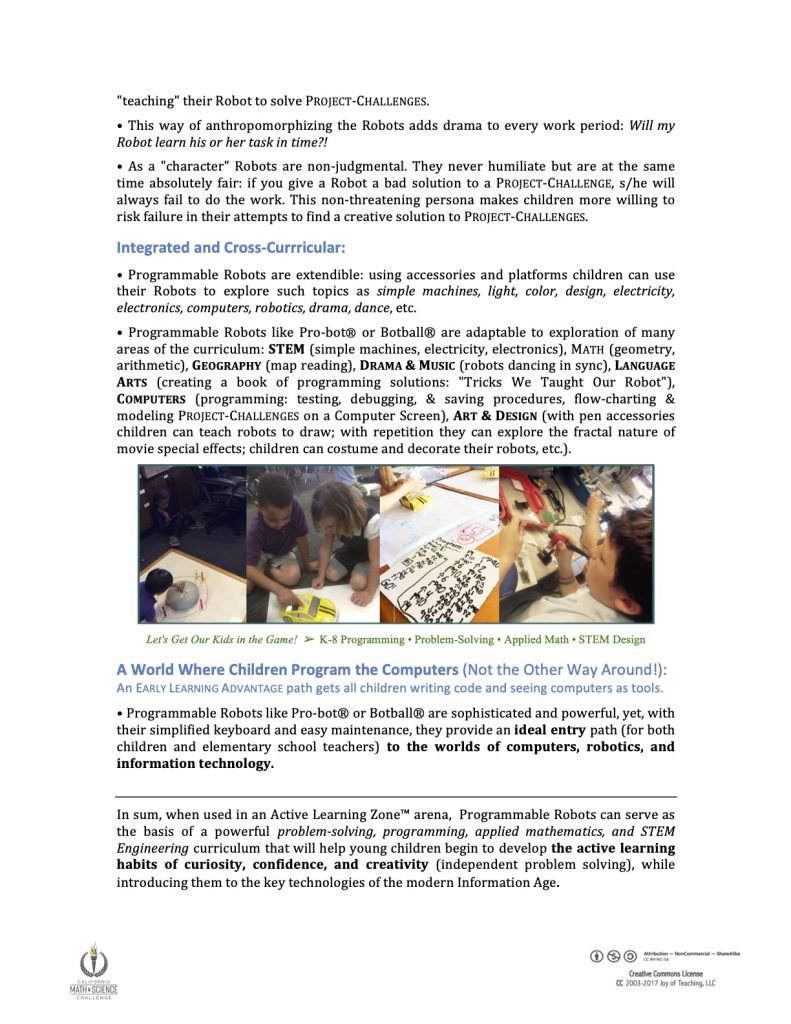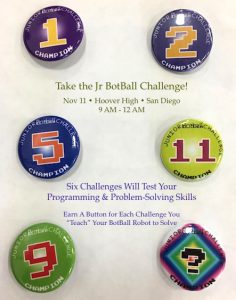- “Progress Tree” Design Checklist
- Share Learning Goals w/ Students!
- Link: Sample Student & Teacher “ST Math Progress Trees” — designed to help students visualize & internalize Learning Goals and then ‘own those goals.’
- Read entire article here: ST Math BLog, Engagement Thrives When Students Own Their Math Learning
Excerpt: “Creating a Classroom Environment That Fosters Engagement…
As someone who has been designing visual goal setting and feedback systems for years, the CA Math & Science Challenge! designer thought that “the unifying goal of always working to help JiJi the penguin cross the screen in ST Math, no matter what the math concept, was brilliant,” and that ST Math’s visual feedback system was first rate. “The students always have a sense of progress and momentum. That goes a long way toward explaining why ST Math is so successful across many different schools and districts.”
Although ST Math was a game-changer, he knew that for the program to truly be effective, there is still a large role for administrators and teachers to play.
“Schools often need help with two areas. The first is figuring out how to embed ST Math into school culture and goal setting systems to increase student engagement in school and at home. The second is discovering how to motivate teachers to play and understand every ST Math topic, and each game’s math learning goals for the grade they teach. This prepares them to integrate ST Math into their math instruction and to apply the concepts that students are mastering to other subjects.”
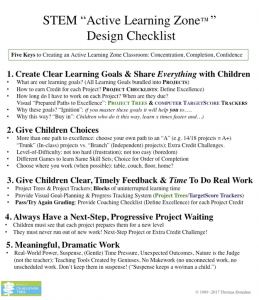
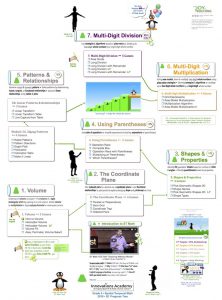
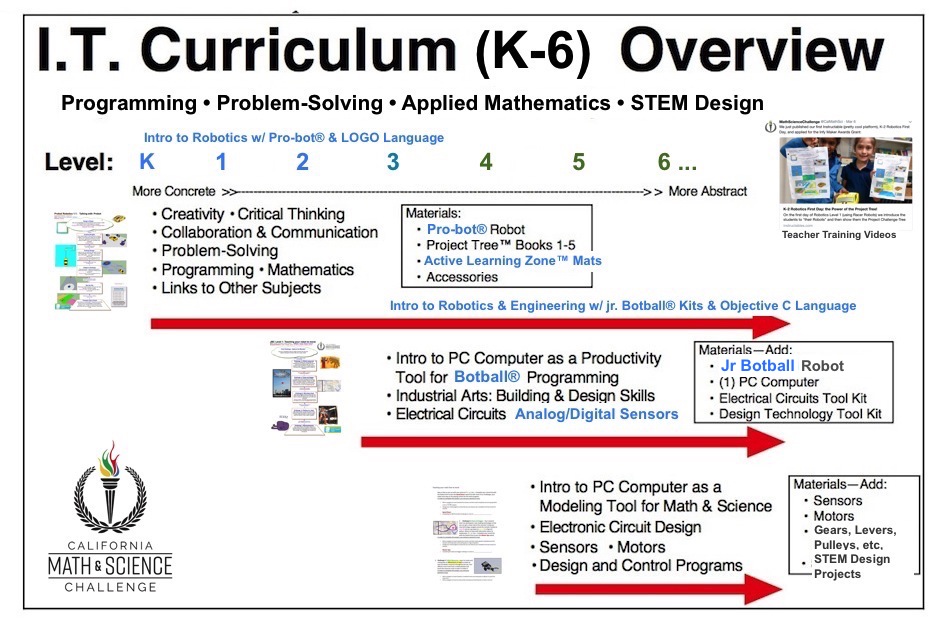 If we want American math & science “athletes” to be stay competitive, we need to get every American child playing the game
If we want American math & science “athletes” to be stay competitive, we need to get every American child playing the game 